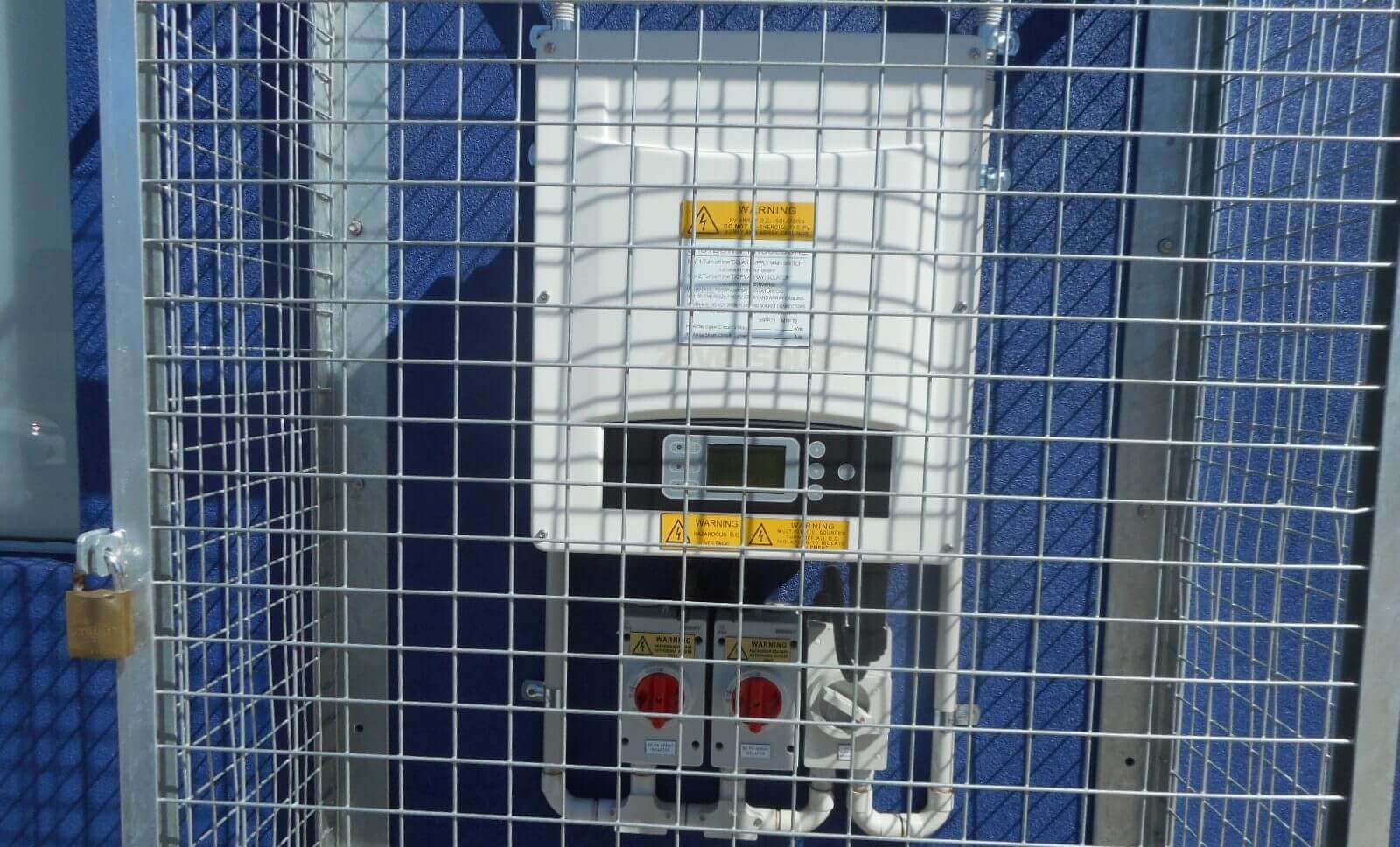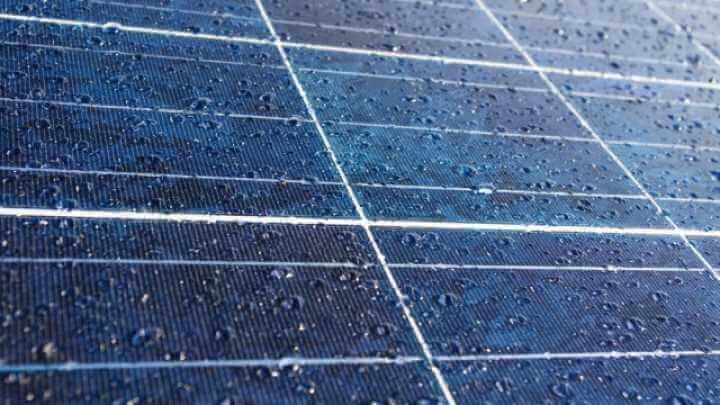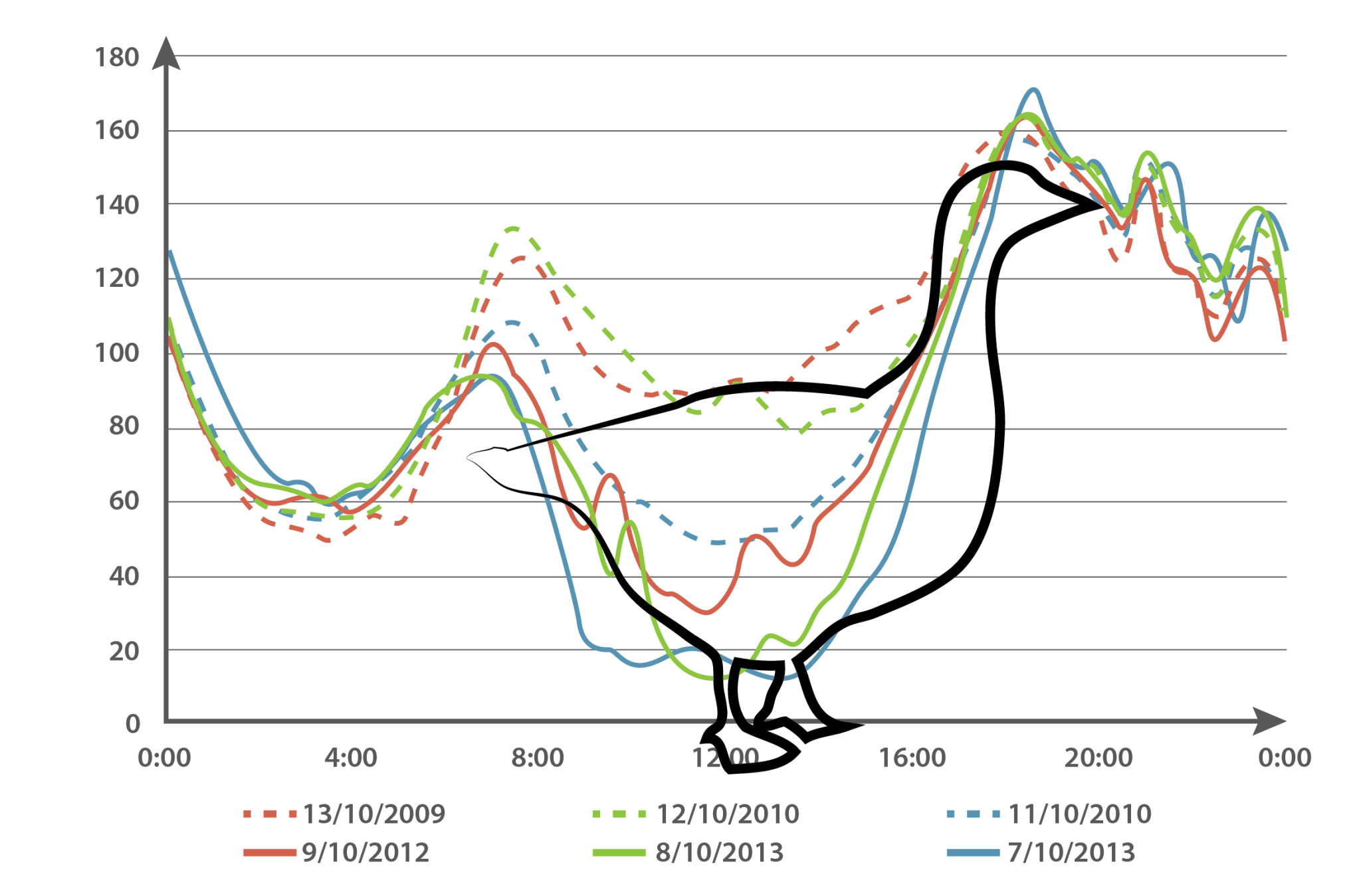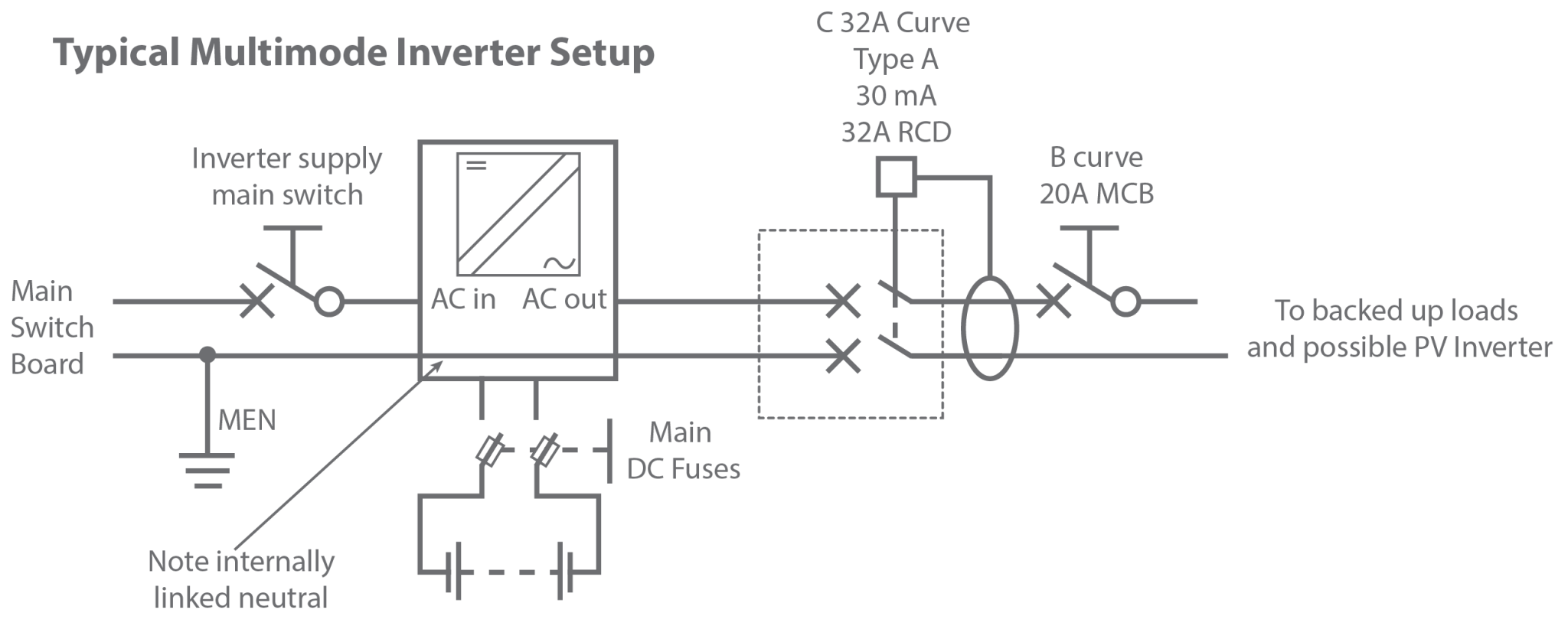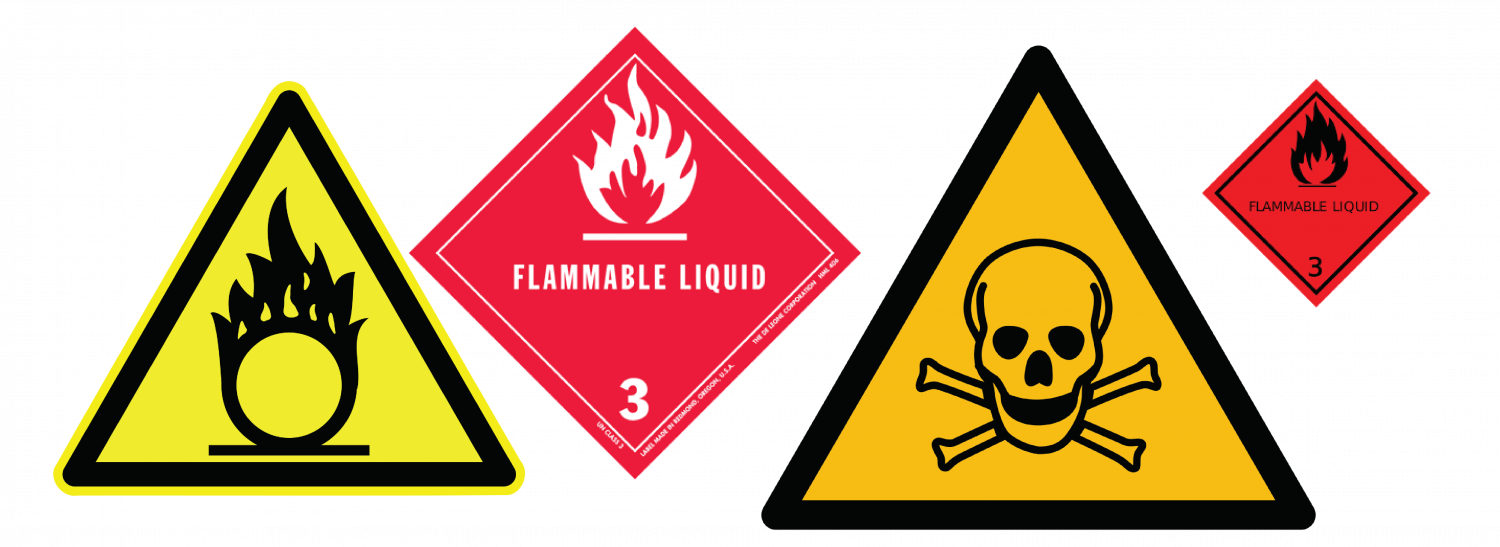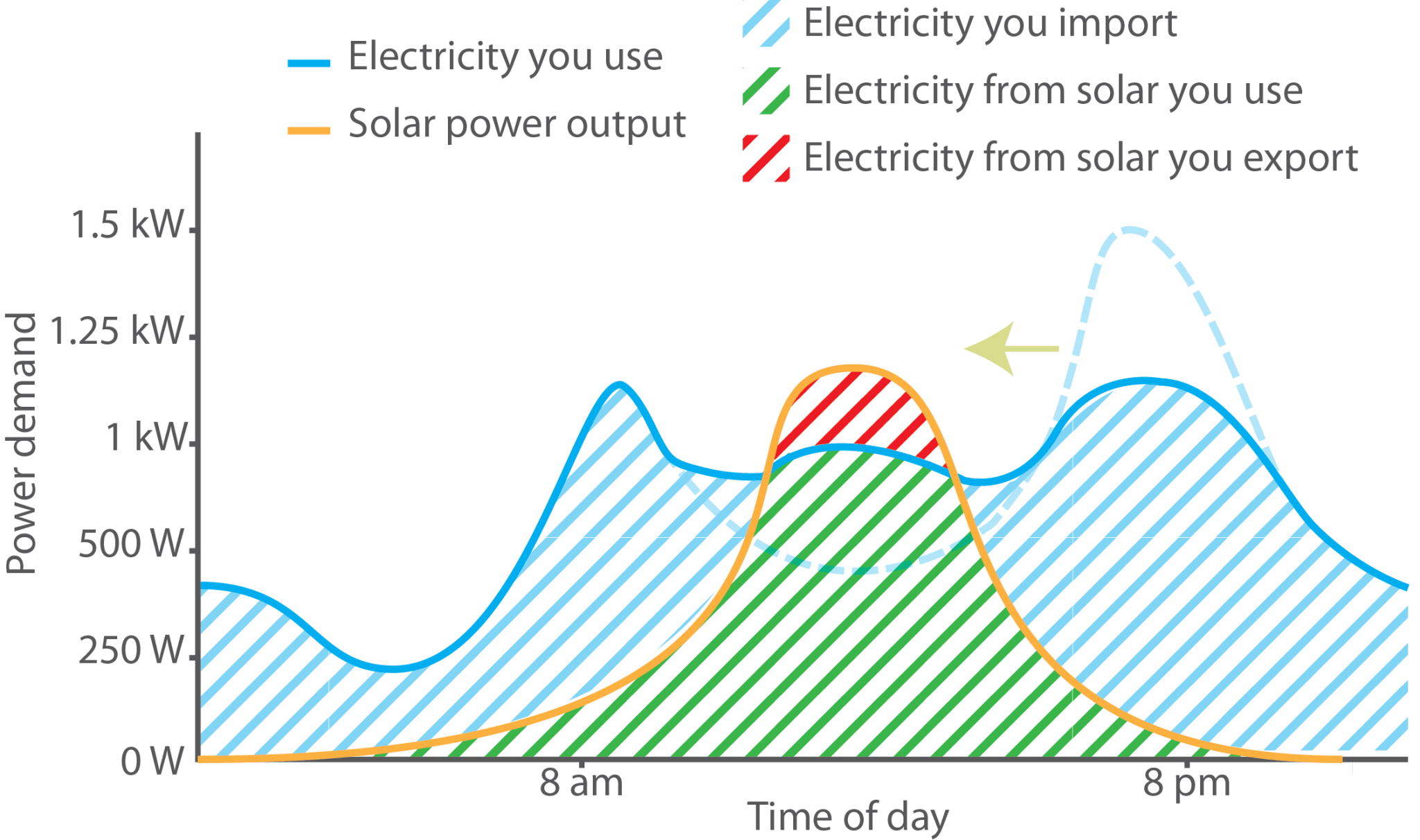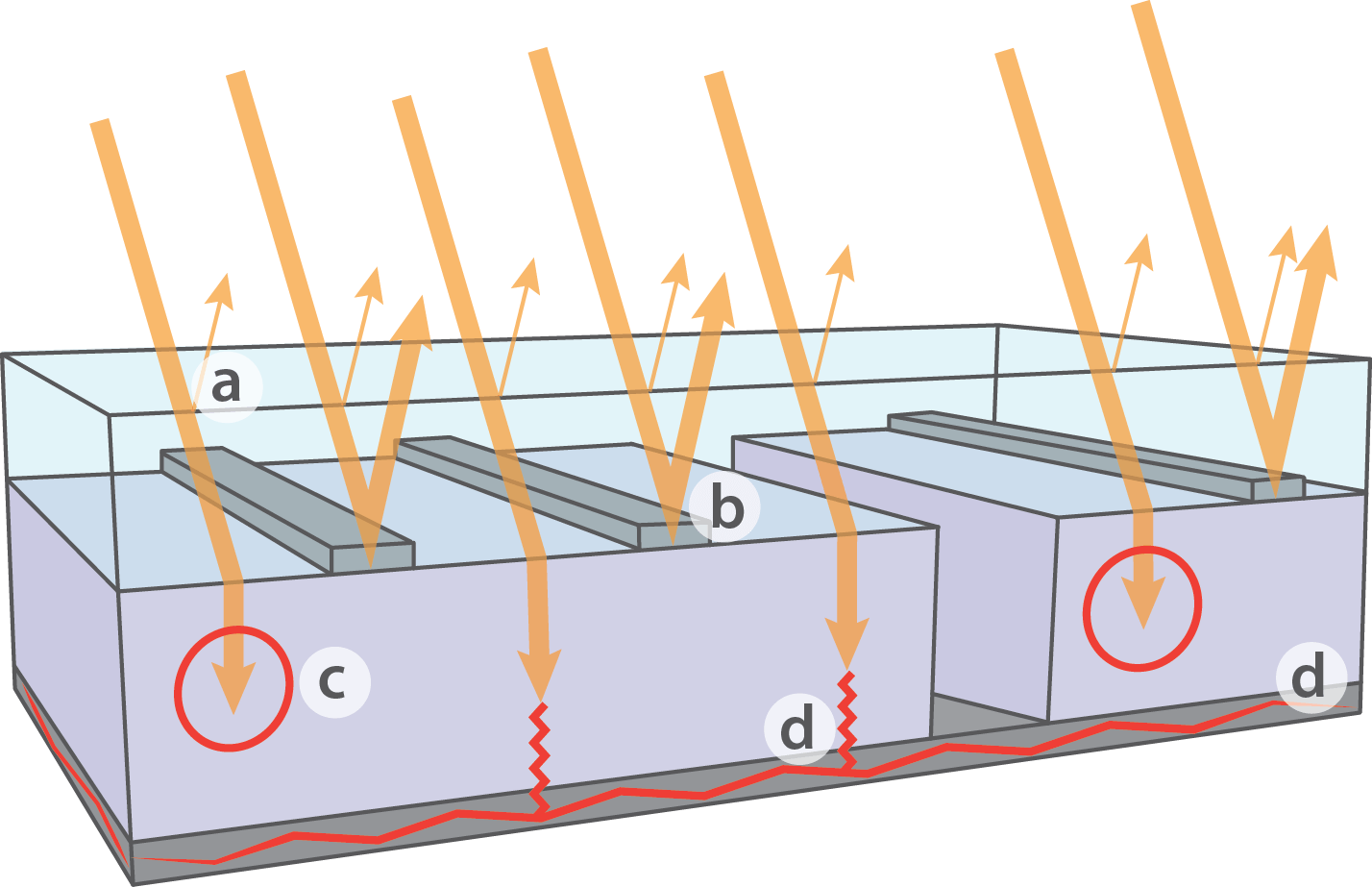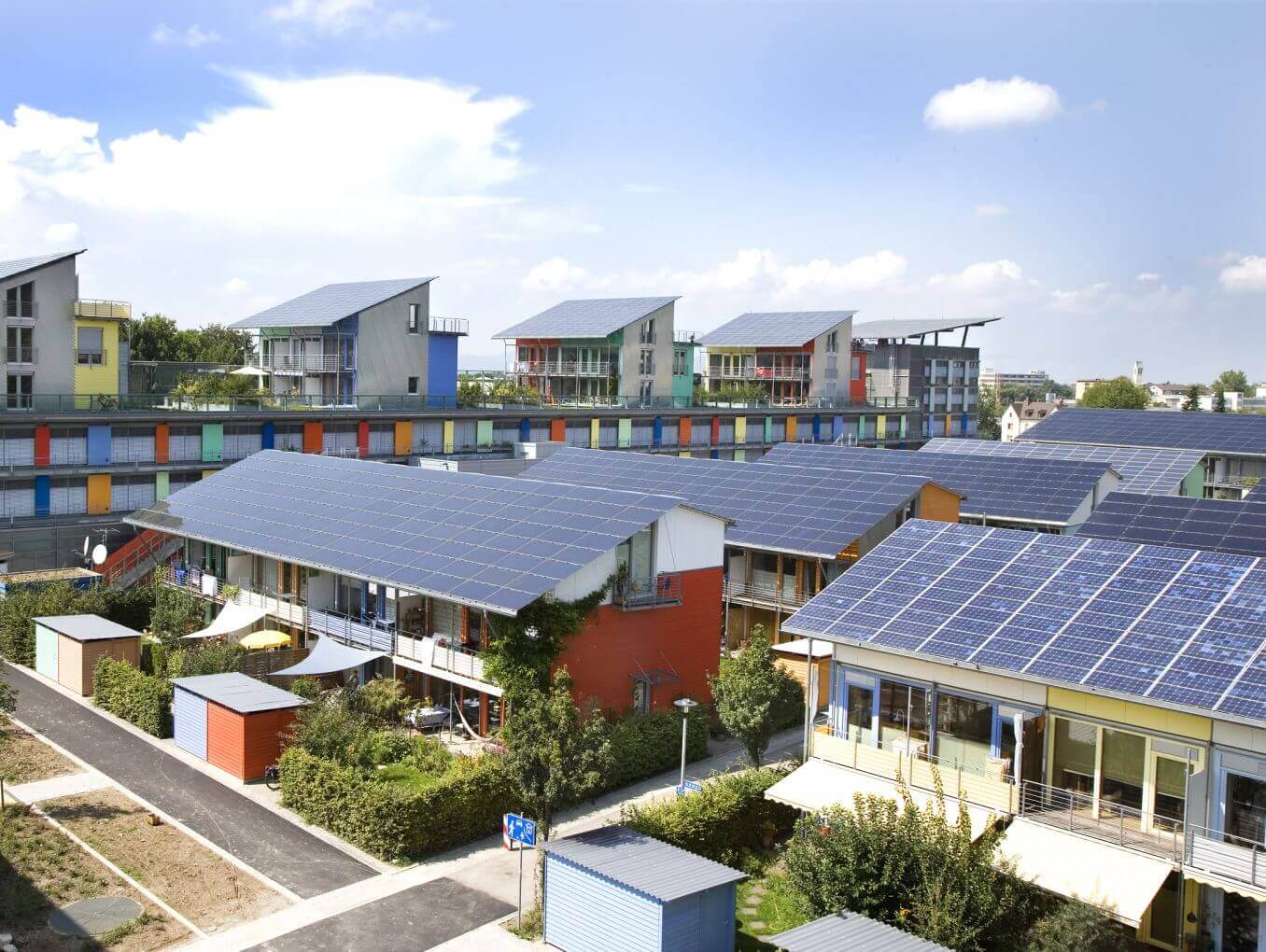The latest version of the Australian and New Zealand Standard: Grid connection of energy system via inverters – Installation requirements (AS/NZS 4777.1:2016) was released on 30 September 2016. There is a transition period of 6 months, therefore this standard will come into effect at the end of this month (30th March 2017). AS /NZS 4777.1:2016 […]
Category: Regulations
Industry wide Improvement in Ingress Protection Safety Thanks to CEC Guidelines
Under the Renewable Energy Target (RET) requirements, solar photovoltaic (PV) power systems must be installed to relevant Australian standards and Clean Energy Council (CEC) guidelines in order to receive Small-scale Technology Certificates (STCs). To monitor this, the Clean Energy Regulator’s RET inspection program has been running since 2010 and the CEC review the outcomes of […]
The Duck Curve – the duck hunting season we want to have
The power blackout in South Australia in September 2016 produced numerous ‘experts’ to analyse the causes of this event. The Australian press, politicians, shock-jocks and the public all had their particular slant to apply when assessing why this catastrophic failure occurred. GSES thought it opportune to provide some contextualised background to how distributed renewable generation, […]
Connection of Inverter Energy Systems to the Grid: New requirements surround residual current devices
The industry has seen rapid uptake of solar PV and energy storage systems connected to multiple mode, or ‘hybrid’, inverters and battery systems over recent months. This has prompted many questions from installers and designers regarding the connection of inverter energy systems to existing electrical installations. While many common questions regarding connecting IES systems can […]
Battery Storage Systems: What are their chemical hazards?
While consumer interest in battery storage systems continues, an issue often overlooked when discussing the pros and cons of battery storage systems is the chemical hazards associated with the battery technology and ways of managing these hazards. An array of battery chemistries is available on the commercial market, and the range of products continues to […]
Generous Feed-in-tariff Schemes: their demise and what information is useful for affected system owners?
Various generous feed-in tariff (FiT) schemes, including NSW’s 60c Solar Bonus Scheme, will come to an end on the 31st December 2016. It is estimated that over 275, 000 households in Australia will be affected by these changes to feed-in tariffs. For PV system owners in states other than NSW, feed-in tariff rates will be […]
Battery Charging on AC Coupled Grid Connected Battery Systems
The advent of Grid Connected Battery (GCB) systems in Australia has led to increased interest in coupling GCB systems with existing or new solar PV system to increase energy self-sufficiency. GCB systems can be connected to a PV system as a DC coupled system, where the PV array is connected through a charge controller directly […]
A Practical Guide to PV Efficiency
At the end of June 2016, the world record for efficiency of rooftop solar modules was broken again: the US-based PV manufacturing company SunPower achieved an efficiency of 24.1% for a monocrystalline silicon-based PV panel, over 2% higher than the previous record. This news came shortly after the announcement earlier in the month of Hanwha […]
Residential energy storage: Are we ready?
The rise of residential batteries In the past year we have seen the first significant uptake of Grid Connected Battery (GCB) systems in Australia. In years gone by, batteries were used for standalone systems that were far from any poles and wires, i.e. in areas with no access to the electricity grid. However, we now […]
Standalone: Past, Present and Future
Stand Alone Photovoltaic (PV) systems are amongst the oldest of applications of photovoltaic systems and are a testament to photovoltaic technology’s ability to operate in the most extreme of conditions. They are typically used in isolated locations with low or no population, or in place of conventional grid infrastructure in less-developed regions. Standalone systems, as […]

